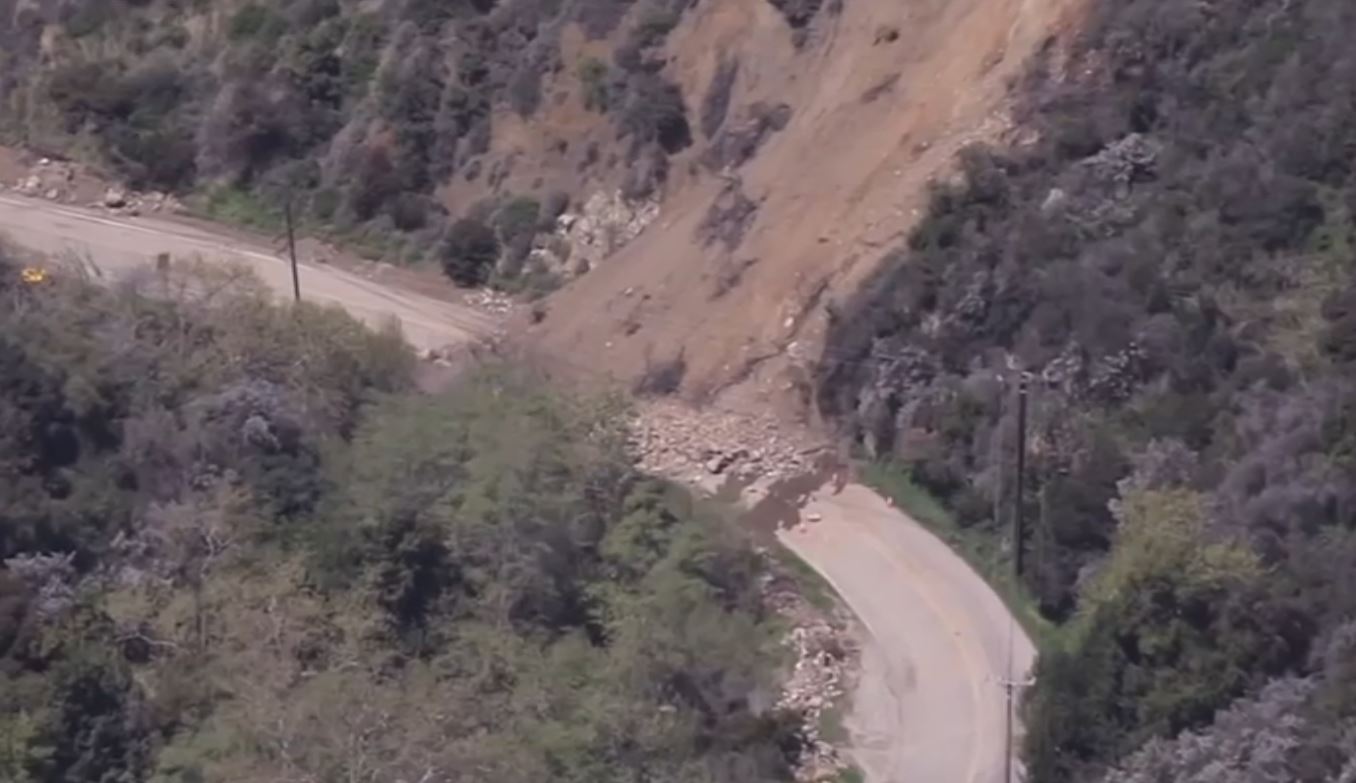A 1.4-mile-long railroad trench that went into service Monday at the Mission Road overpass means that for the first time in 143 years, trains will not frequently interrupt the silence at the historic San Gabriel Mission.
Officials from across the San Gabriel Valley were on hand to welcome the movement of the first train through the $313 million trench, past the venerable mission and under four major streets that have until now been frequently blocked by freight trains.
"The San Gabriel Trench is the largest project we have undertaken. Opening it to rail traffic is the most significant project milestone and a cause for great celebration in the city of San Gabriel," said Mayor Juli Costanzo, who chairs the Alameda Corridor-East Construction Authority Board of Directors.
Trains will now transit between the Los Angeles and Long Beach ports, and the rest of the country, in the 30-foot-deep, 65-foot-wide trench. Flashing lights and guard arms at railroad crossings at Ramona Street, Mission Road, Del Mar Avenue and San Gabriel Boulevard will disappear.
The rail line returns to grade east of San Gabriel Boulevard. East of the trench, the rail crossing at Walnut Grove Avenue remains at- grade and required a shallow lowering of the roadway to match the new railroad grade.
"The San Gabriel Trench and the ACE projects have been top priorities of mine in Congress,'' said Rep. Judy Chu, whose district includes San Gabriel. "Investment in freight projects mitigates the negative impacts of goods movement on local communities while ensuring our nation remains competitive in global markets."
One-fifth of the nation's freight containers move through the Alameda Corridor trench, built two decades ago. Near downtown Los Angeles, the train routes split off in three directions, and overpasses and underpasses are planned along all three branches under plans approved by Congress to speed freight movement and reduce air pollution.
News
Top news of the day
But overpasses and underpasses could not be built near the historic mission, and planners decided to lower the tracks in the center of the San Gabriel Valley.
Loud steam trains first started clanking past the mission on tracks from Los Angeles laid by Southern Pacific in 1874, according to the Alameda Corridor-East Construction Authority. Dozens of freight trains have constantly sounded horns, activated crossing bells, and filled the area with loud noise.
"I supported the establishment of new federal freight programs providing $2 billion annually for freight highway and grade separation projects, and I will continue to advocate for federal funding for the ACE projects," said Rep. Grace Napolitano, who is California's highest-ranking member on the House Transportation and Infrastructure Committee.



